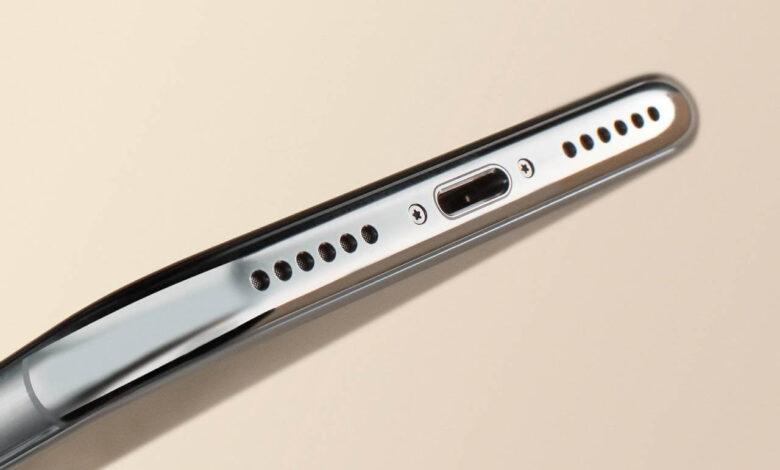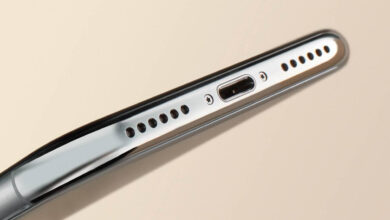How to Unpair Bluetooth Speaker Without Phone: Quick and Easy Steps

When it comes to enjoying your favorite tunes, a Bluetooth speaker can be a game-changer. However, there might come a time when you need to unpair your speaker, and you might not always have your phone on hand to do it. Whether you’re troubleshooting, prepping your speaker for a sale, or just wanting to connect to a different device, knowing how to unpair your Bluetooth speaker without using a phone is a nifty trick that can save you time and hassle.
Unpairing your device manually is a straightforward process, and most Bluetooth speakers have built-in controls that allow for quick adjustments. Typically, this involves resetting the speaker to its default factory settings, which will clear all past connections, including that stubborn link that you’re trying to remove. It’s a simple, yet effective way to start from scratch and make your speaker discoverable again.
Understanding Bluetooth Connections
When working with Bluetooth devices, it’s essential to grasp how they communicate and interact. Keep in mind the role of Bluetooth profiles, the simplicity of pairing and unpairing, and the nuances of signal and range for a smooth experience.
Bluetooth Profiles
Bluetooth profiles define the specifications for different types of Bluetooth connections. For your speaker, Audio/Video Remote Control Profile (AVRCP) and Advanced Audio Distribution Profile (A2DP) are vital, as they handle remote controls and audio streaming, respectively.
Pairing and Unpairing Mechanisms
Pairing creates a secure connection between your Bluetooth speaker and another device, like your phone, while unpairing severs this link. To unpair without a phone, you often press a specific button combination on the speaker itself or use an alternative connected device to remove the pairing.
Signal and Range Considerations
The strength of a Bluetooth connection depends on the range, typically up to 33 feet (10 meters). Obstacles like walls can reduce this range. For uninterrupted audio, ensure your speaker and the connected device are within this optimal distance and clear of major interferences.
Alternative Unpairing Methods
Sometimes you need to unpair your Bluetooth speaker and your phone isn’t handy. You have a few other options to disconnect your device.
Using a Second Device
If you have access to another Bluetooth-capable device, you can force the speaker to pair with it. Simply activate Bluetooth on the second device and connect it to your speaker. This will typically override the current connection and unpair your phone in the process.
Factory Resetting the Speaker
Consult your speaker’s manual for the specific steps, but most Bluetooth speakers can be reset to factory settings by pressing and holding a combination of buttons. Doing so will erase all previous pairing data, effectively unpairing all devices including your phone.
- Typically, the button combination includes the power button and either the volume or Bluetooth button.
Manual Disconnection Techniques
Some speakers provide an option to disconnect from paired devices directly:
- Turn off the speaker: This can temporarily end all connections.
- Use voice commands: Some smart speakers support voice commands to disconnect paired devices.
- Physical buttons: Speakers may have a dedicated ‘disconnect’ or ‘unpair’ button.
By applying these alternative methods, you can unpair your Bluetooth speaker without needing your phone.
Speaker Settings and Controls
To unpair your Bluetooth speaker without a phone, you can typically use the physical buttons on the speaker itself or, for more advanced models, you may have access to an embedded software interface.
Physical Buttons
Your Bluetooth speaker usually comes with several buttons that control its functions. To unpair or disconnect a device, look for a Bluetooth button (often symbolized by the Bluetooth “B” icon) or a power button. Here’s what to do:
- Press and hold the Bluetooth button for a few seconds until the LED indicator starts blinking. This often initiates pairing mode and can disconnect paired devices.
- If the speaker has a dedicated unpair option, simply press that button.
Embedded Software Interfaces
For speakers equipped with a screen or those that connect to a desktop application:
- Navigate to the settings menu on the speaker’s screen or within the software interface.
- Select the ‘Bluetooth’ settings option where you’ll likely find a list of connected devices.
- Choose the device you want to unpair and select the option to disconnect or forget the device.
Remember, each model has its own process, so if these steps don’t apply, consult your speaker’s manual for specific instructions.
Using a Computer to Unpair
When you need to unpair a Bluetooth speaker and you don’t have access to your phone, a computer can be your best ally. Whether you prefer navigating through settings or using command-line magic, here’s how you can disconnect using your computer.
Via Bluetooth Settings
First, you’ll want to access the Bluetooth settings on your computer:
- Click on the
Startbutton or press theWindowskey. - Type
Bluetoothin the search bar and open Bluetooth and other devices settings.
Now, find your Bluetooth speaker in the list of devices and perform the following steps:
- Click on the speaker’s name.
- Select Remove device or Disconnect, depending on your operating system.
By doing so, your speaker will be unpaired from your computer.
Command Line Methods
If you’re comfortable with command-line interfaces, you have a powerful method at your disposal. Here’s how you can unpair devices using Windows PowerShell:
- Open Windows PowerShell by right-clicking the
Startbutton and selectingWindows PowerShell (Admin). - To list all paired Bluetooth devices, enter the command:
Get-PnpDevice | Where-Object { $_.Status -eq 'OK' } | Format-Table Name, Class, Status - Find your Bluetooth speaker from the list.
- To unpair, you’ll need the specific command for your device, which can vary. Generally, the command will resemble:
Remove-PnpDevice -InstanceId <DeviceInstanceId>Replace
<DeviceInstanceId>with your speaker’s instance ID from the list you generated.
Using these command-line methods, you’ll be able to unpair your speaker with precision and efficiency.
Technical Precautions
When unpairing your Bluetooth speaker without a phone, it’s important to consider technical precautions. Taking the right steps can prevent potential damage to your speaker and secure any data previously shared between the paired devices.
Avoiding Damage to the Speaker
You want to ensure your Bluetooth speaker remains in top condition during and after the unpairing process. Always refer to your speaker’s user manual for the correct procedure, which is designed to prevent any hardware or software damage. If a manual reset is necessary, usually holding a combination of buttons like Power and Volume Up for a specific duration can accomplish this without causing damage.
Data Security Considerations
Bluetooth speakers don’t usually store data, but they remember pairing information. To protect your privacy, it’s essential to clear all pairing records. If your speaker lacks a display or dedicated reset function, you can manually clear paired devices. At times, a simple method such as moving outside the Bluetooth range forces the speaker to disconnect, allowing you to pair with another device, but this may not erase all pairing information.
Troubleshooting Common Issues
When you encounter a problem with unpairing your Bluetooth speaker without access to your phone, it’s important to follow a systematic approach to resolve the issue.
Recurring Pairing Failures
Identify the Cause: Start by powering off your speaker and then turning it back on to refresh its connection settings. If the speaker continues to automatically pair with a device you don’t have access to, you might need to reset it to factory settings. Locate the reset button often found in a pinhole or by holding a combination of buttons and follow the speaker’s manual instructions to complete the reset.
Speaker Not Found Scenarios
Manual Search: If your speaker isn’t showing up on new devices for pairing, check to ensure it’s in discoverable mode. This can often be activated by holding the power button or a dedicated Bluetooth button until you hear an audible beep or see a flashing light.
Resolving Connectivity Interferences
Minimize Interference: Keep your speaker away from other wireless devices to reduce signal interference that can affect Bluetooth connections. Also, avoid physical obstructions like walls or furniture which can block signals, and make sure the speaker’s battery is sufficiently charged for optimal performance.
Frequently Asked Questions
In this section, you’ll find straightforward solutions to common issues about disconnecting and managing Bluetooth speakers without your phone.
What steps can I follow to disconnect a Bluetooth speaker without using a phone?
To disconnect from a Bluetooth speaker without a phone, you can usually turn the speaker off by pressing the power button. Some speakers may also allow disconnecting devices directly from the speaker itself by pressing a Bluetooth or dedicated disconnect button.
Is it possible to unpair a Bluetooth device from all connected devices without access to the phone?
Yes, you can often unpair a Bluetooth speaker from all devices by initiating a factory reset. This varies by model, but typically, holding down certain buttons (like power and volume) for a few seconds triggers the reset.
If your speaker’s power button is broken, a factory reset might be initiated by pressing a combination of other available buttons, like volume up/down simultaneously. Check the speaker’s manual for alternate reset procedures.
How do I stop a Bluetooth speaker from connecting to a device I no longer have?
To prevent a speaker from connecting to a lost device, you can reset the speaker to clear all pairing information or disable the Bluetooth function if the speaker continues trying to connect to the old device.
What’s the best way to disconnect someone else’s device from my Bluetooth speaker?
To disconnect another person’s device from your speaker, switch off the speaker or use any specific disconnect button if available. Alternatively, you can reset the speaker to clear its memory of paired devices.
If the Bluetooth button is broken, resetting the speaker can usually be done by using other buttons in a specific sequence or combination indicated in the user manual. If all buttons are non-functional, a factory reset might not be possible without repair.
